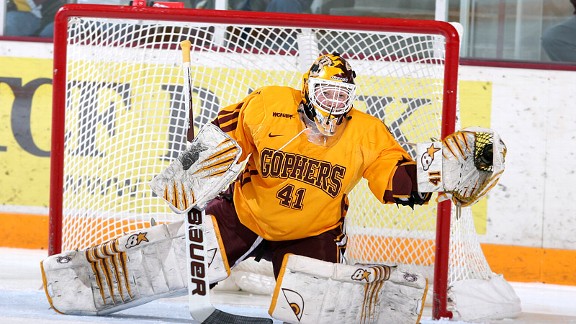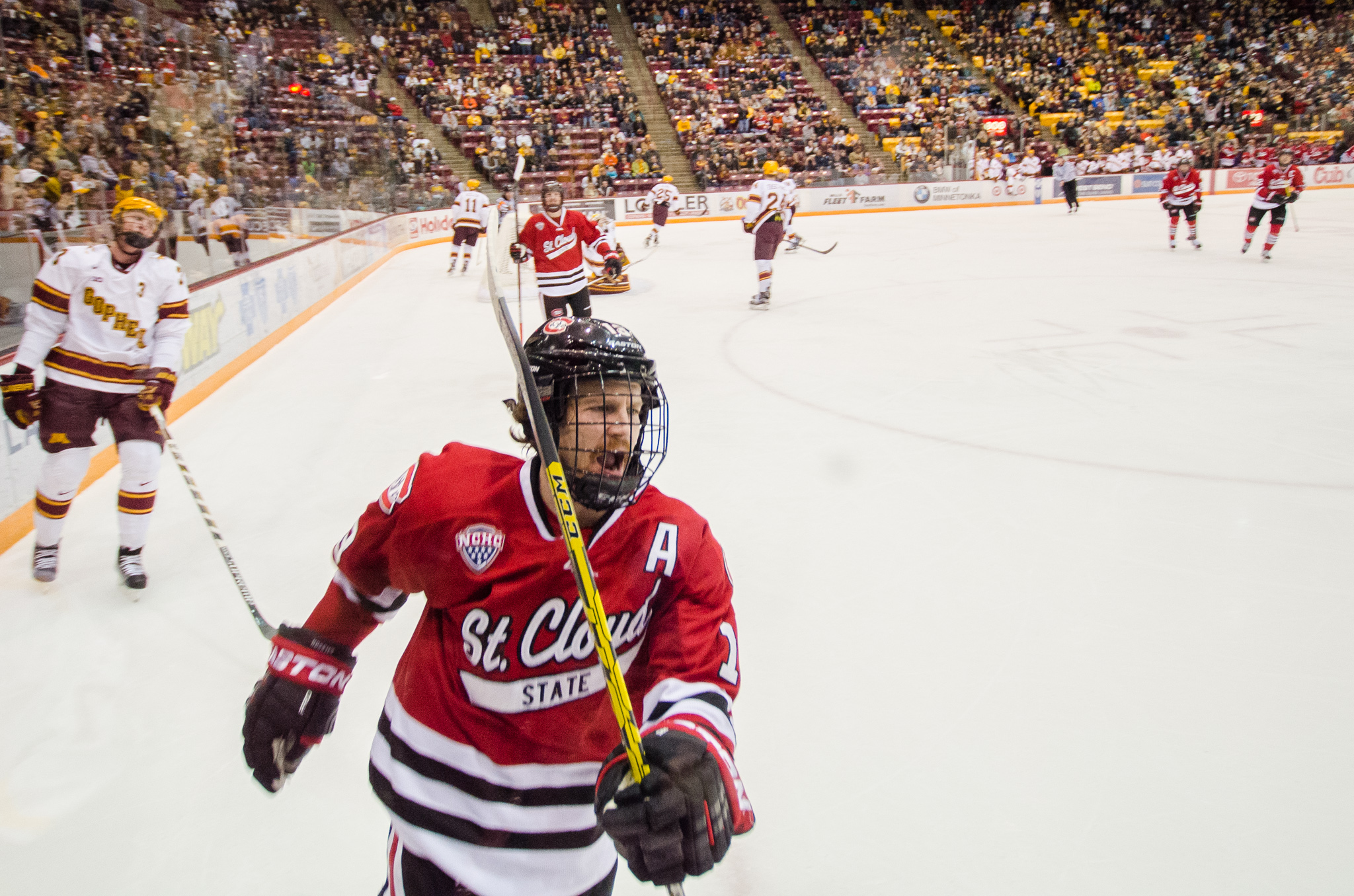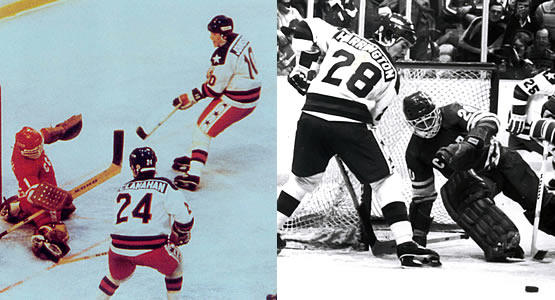

Commentary: What Noora Räty’s Retirement Says About Women’s Hockey




These are contrasting times for St. Cloud State and Minnesota


No superstitions necessary for All-American Brittni Mowat

Forever-linked Johnson, Harrington to go head-to-head from the bench


Four problems facing Minnesota’s Don Lucia